I'm working on a project that will recognize teams in a game (Overwatch) and record which players were on which team. It has a predefined list of who is playing, it only needs to recognize which image they are located on. So far I have had success in capturing the images for each team and getting a rough output as to the name for each player, however, it is getting several letters confused.
My input images:
And the output I get from OCR:
W THEMIGHTVMRT
ERSVZENVRTTR
ERSVLUCID
ERSVZRRVR
ERSVMEI
EFISVSDMBRR
ERSV RNR
ERSVZENVRTTR
EFISVZHRVR
ERSVMCCREE
ERSVMEI
EHSVRDRDHDG
From this, you can see that the OCR confuses "A" with "R" and "Y" with "V". I was able to get the font file that Overwatch uses and generate a .traineddata file using Train Your Tesseract - I'm aware that there is probably a better way of generating this file, though I'm not sure how.
My code:
from pytesseract import *
import pyscreenshot
pytesseract.tesseract_cmd = 'C:/Program Files (x86)/Tesseract-OCR/tesseract'
tessdata_dir_config = '--tessdata-dir "C:\\Program Files (x86)\\Tesseract-OCR\\tessdata"'
team1 = pyscreenshot.grab(bbox=(50,450,530,810)) # X1, Y1, X2, Y2
team1.save("team1screenshot.png")
team1text = pytesseract.image_to_string(team1, config=tessdata_dir_config, lang='owf')
team2 = pyscreenshot.grab(bbox=(800,450,1280,810)) # X1, Y1, X2, Y2
team2.save("team2screenshot.png")
team2text = pytesseract.image_to_string(team2, config=tessdata_dir_config, lang='owf')
print(team1text)
print("------------------")
print(team2text)
How should I improve the recognition of these characters? Do I need a better .traineddata file, or is it regarding better image processing?
Thanks for any help!

